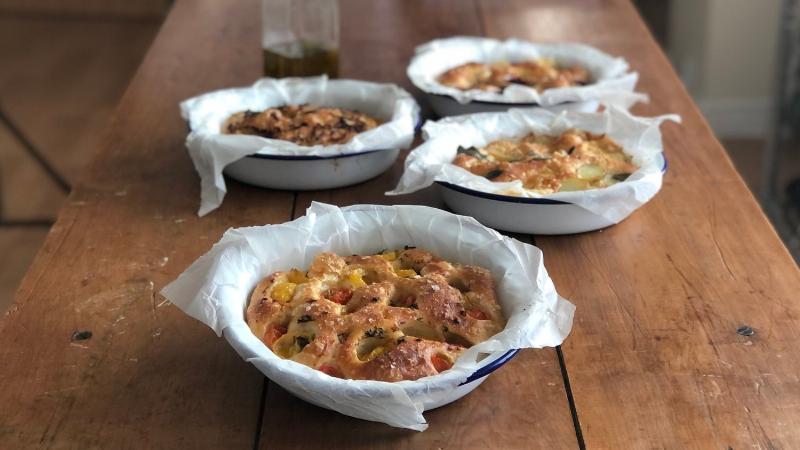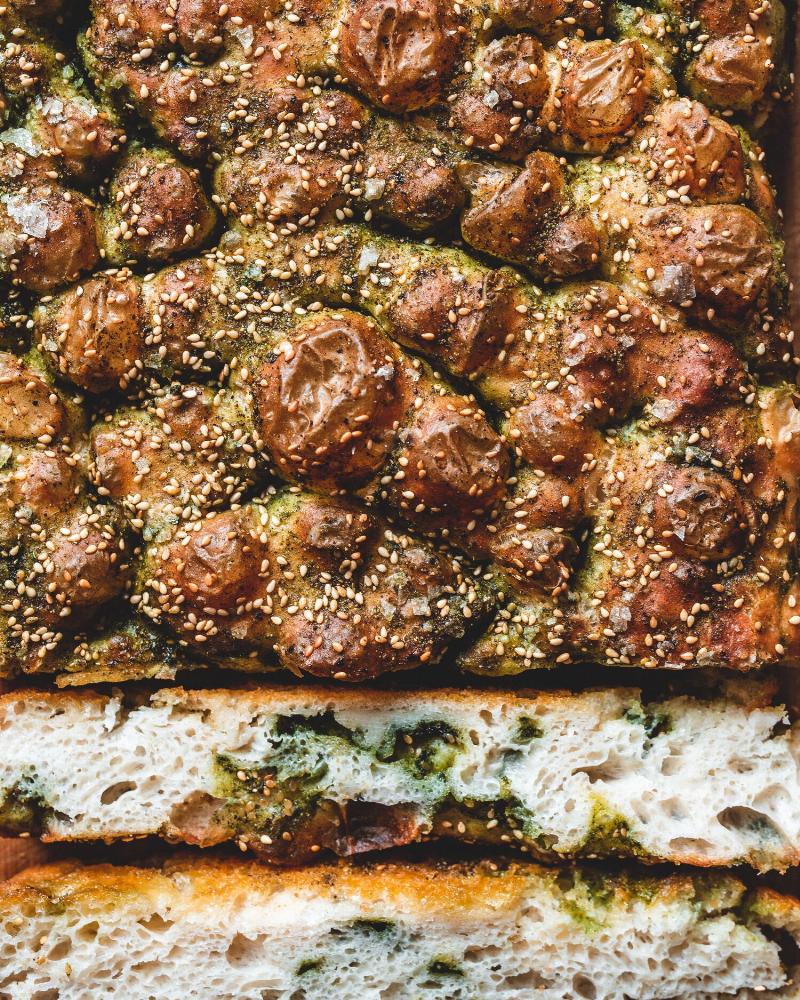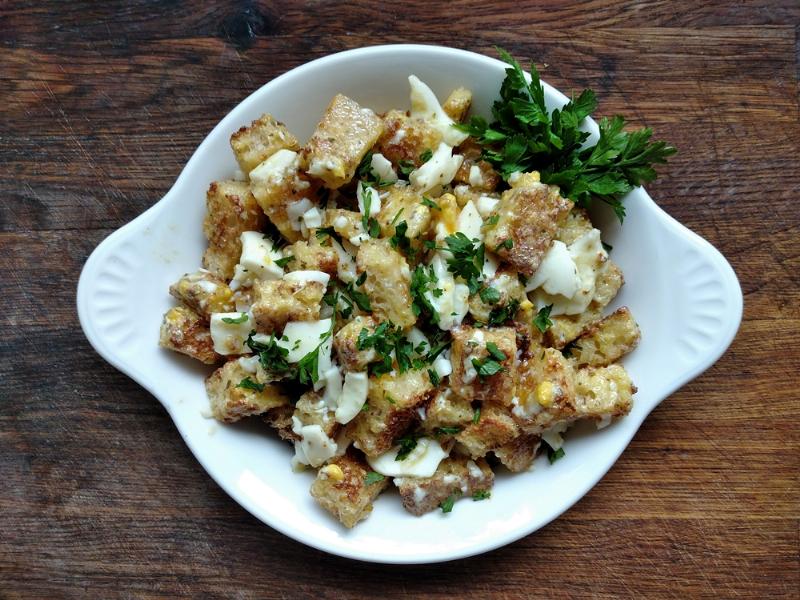Freshly baked bread, warm from the oven, is a comforting experience like no other. But take that experience to the next level by infusing your loaf with the fragrant magic of herbs. This guide will explore the art of creating delicious, herb-infused bread, covering everything from choosing the right herbs to mastering the baking process. Whether you’re a seasoned baker or just starting your bread-making journey, this Bread Recipe With Herbs will inspire you to create aromatic loaves that will tantalize your taste buds.
Table Of Contents
Choosing Your Herbal Companions
The beauty of herb bread lies in its versatility. You can use a single herb to create a focused flavor profile or blend several herbs for a more complex taste. Some popular choices for bread recipe with herbs include rosemary, thyme, oregano, sage, and basil. Don’t be afraid to experiment! Consider what flavors complement your favorite dishes or explore combinations that spark your culinary curiosity. Fresh herbs offer the most vibrant flavor, but dried herbs are a convenient alternative. Just remember to use about one-third the amount of dried herbs compared to fresh.
 Choosing the Right Herbs for Your Bread
Choosing the Right Herbs for Your Bread
Mastering the Dough: A Step-by-Step Guide
Creating the perfect herb bread involves understanding the fundamentals of bread making. This simple bread recipe with herbs starts with activating the yeast. In a warm bowl, combine the yeast with a pinch of sugar and warm water. Let it stand for about 10 minutes until foamy, a sign that the yeast is alive and kicking.
Next, in a large mixing bowl, combine the flour, salt, and your chosen herbs. Gradually add the yeast mixture and any additional warm water or milk as needed, mixing until a shaggy dough forms.
 Kneading Herb Bread Dough for a Perfect Texture
Kneading Herb Bread Dough for a Perfect Texture
Now comes the rewarding part – kneading. Turn the dough out onto a lightly floured surface and knead for about 8-10 minutes, or until the dough becomes smooth and elastic. Kneading develops the gluten, which gives the bread its structure and texture. Similar to How to make bread without kneading, you can also opt for a no-knead method for a simpler approach.
Once kneaded, place the dough in a lightly oiled bowl, cover, and let it rise in a warm place for about an hour, or until doubled in size. This first rise, also known as bulk fermentation, allows the yeast to produce carbon dioxide, giving the bread its airy texture.
Shaping and Baking Your Herbal Masterpiece
After the first rise, gently punch down the dough to release the air. Shape the dough into your desired loaf and place it in a greased loaf pan. Cover and let it rise for another 30-45 minutes, or until almost doubled. This second rise, called proofing, further develops the flavor and texture of the bread.
 Proofing Herb Bread in a Loaf Pan
Proofing Herb Bread in a Loaf Pan
Preheat your oven to 375°F (190°C). Bake the bread for 30-40 minutes, or until golden brown and the internal temperature reaches 200°F (93°C). For making bread without a conventional oven, check out How to make bread without oven. Let the bread cool in the pan for a few minutes before transferring it to a wire rack to cool completely. As with How to make bread fluffy and light, allowing the bread to cool completely prevents a gummy texture.
Adding a Touch of Flavor: Creative Variations
While the classic herb bread recipe provides a fantastic base, don’t hesitate to get creative. Consider adding ingredients like roasted garlic, olives, or sun-dried tomatoes to complement your chosen herbs. You can also experiment with different types of flour, such as whole wheat or rye, to create a more rustic loaf. Just as with How to bake bread with spices, incorporating additional flavors can add depth and complexity to your bread.
 Sliced Herb Bread Ready to Enjoy
Sliced Herb Bread Ready to Enjoy
Conclusion
Baking bread with herbs is a rewarding experience that elevates the simple act of bread making into an aromatic adventure. By understanding the key steps and embracing your culinary creativity, you can create stunning loaves that are both delicious and visually appealing. So, gather your ingredients, choose your favorite herbs, and embark on a journey to create your own perfect loaf of herb bread.
FAQs
- What are the best herbs for bread? Rosemary, thyme, oregano, sage, and basil are excellent choices.
- Can I use dried herbs instead of fresh? Yes, use about one-third the amount of dried herbs compared to fresh.
- How do I know if my yeast is active? Active yeast will become foamy after being mixed with warm water and a pinch of sugar.
- How long should I knead the dough? Knead for 8-10 minutes, or until the dough becomes smooth and elastic.
- Why is my bread dense? Several factors can contribute to dense bread, including under-kneading, using too much flour, or not letting the dough rise sufficiently.
- Can I add other ingredients to my herb bread? Yes, you can add ingredients like roasted garlic, olives, or sun-dried tomatoes. For a simple water-based bread, see our Bread recipe with water.
- How should I store my herb bread? Store cooled bread in an airtight container at room temperature for up to 3 days, or freeze for longer storage.
